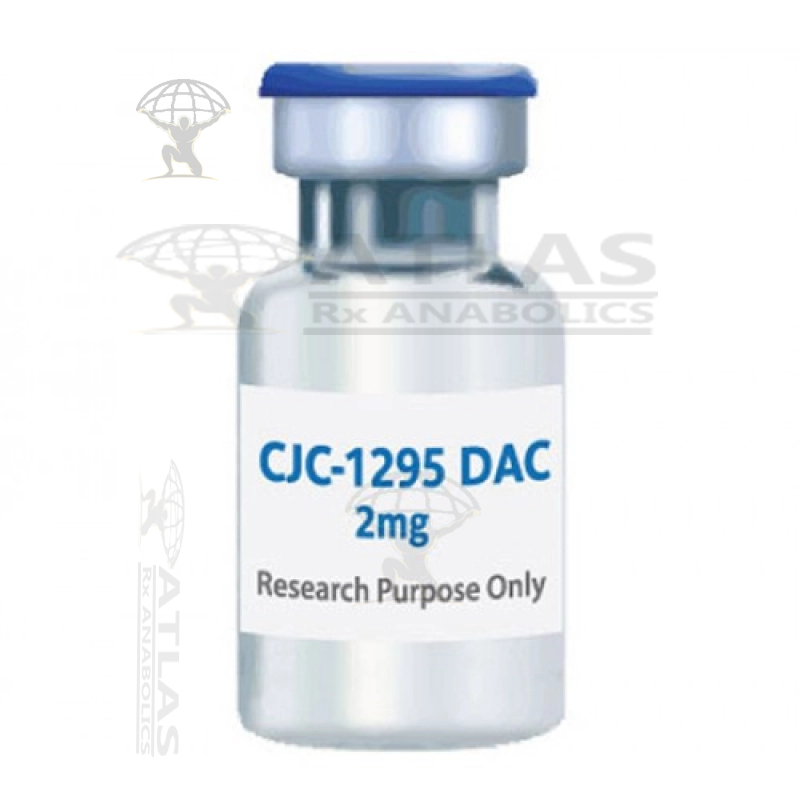Description for cJC-1295 (DAC)
cJC-1295 (DAC) is a peptide that falls under the category of growth hormone-releasing hormones (GHRH). It is an artificially synthesized peptide that closely mimics the natural growth hormone-releasing hormone found in the human body. The "DAC" in its name refers to Drug Affinity Complex, which is a modification added to extend its half-life.
The primary purpose of cJC-1295 (DAC) is to stimulate the release of growth hormone (GH) from the pituitary gland. GH plays a crucial role in various physiological processes, including growth, metabolism, tissue repair, and overall well-being. By increasing GH levels, cJC-1295 (DAC) offers potential benefits such as enhanced muscle growth, increased fat burning, improved recovery, and stronger immune function.
One of the key advantages of cJC-1295 (DAC) is its extended half-life compared to other growth hormone-releasing peptides. The addition of the DAC modification allows for a slower release and prolonged action of the peptide. This means that cJC-1295 (DAC) can remain active in the body for an extended period, requiring fewer frequent administrations.
Another notable feature of cJC-1295 (DAC) is its ability to increase insulin-like growth factor 1 (IGF-1) levels. IGF-1 is a hormone that works in conjunction with GH to promote tissue growth and repair. By elevating IGF-1 levels, cJC-1295 (DAC) can further enhance its anabolic effects, leading to increased muscle mass, improved recovery, and potential anti-aging benefits.
It is important to note that cJC-1295 (DAC) is a research chemical and should only be used for scientific purposes. It is not intended for human consumption or as a performance-enhancing drug. As with any peptide or hormone-based compound, it is crucial to consult with a healthcare professional before considering its use, as they can provide personalized advice and guidance based on individual circumstances.
Overall, cJC-1295 (DAC) is a synthetic peptide that stimulates the release of growth hormone and offers potential benefits in terms of muscle growth, fat loss, recovery, and immune function. However, it is essential to approach its use responsibly and seek professional advice to ensure safety and effectiveness.
Based on 0 review(s)
Shipping Cost
On all orders is set at $25.00
Secure checkout
Protected by Bitcoin
Offer & gift here
On all huge orders







